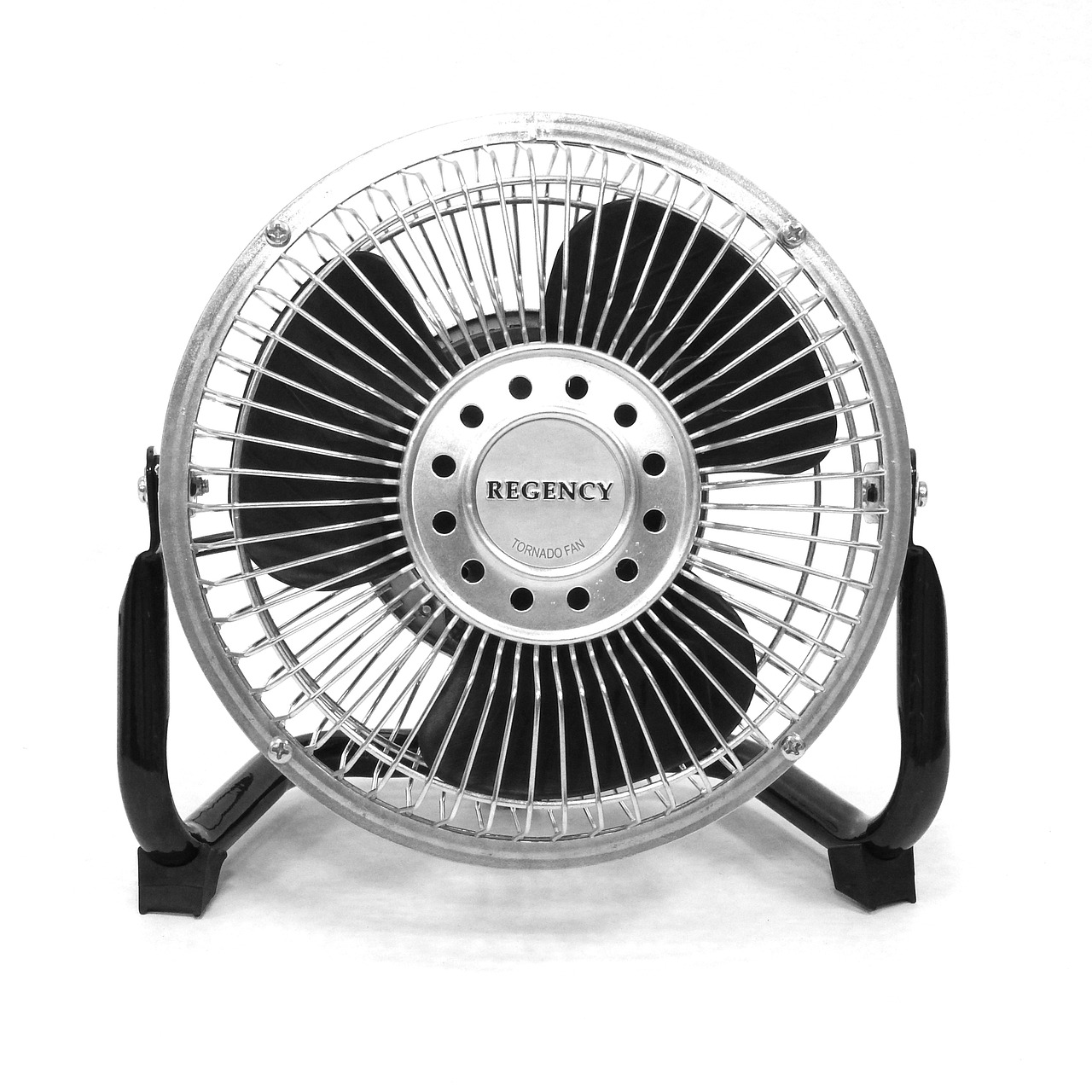Title: Panasonic PLC as a Positioning Controller
Panasonic PLCs are widely used as positioning controllers in various industrial applications. They are capable of precisely controlling the position of mechanical systems, such as robots, CNC machines, and automotive assembly lines. The PLCs are designed to interface with a variety of sensors and actuators, allowing for flexible and reliable positioning control. They also feature advanced motion control algorithms that can handle complex positioning tasks with precision and speed. In addition, Panasonic PLCs offer a range of communication options, making it easy to integrate them into existing industrial systems. Overall, Panasonic PLCs are an excellent choice for positioning control applications requiring precision, reliability, and flexibility.
Panasonic PLC (Programmable Logic Controller) is a key component in automation systems, offering a range of features and functions to control and monitor industrial processes. One of the most important applications of Panasonic PLC is as a positioning controller, where it plays a crucial role in controlling the position of industrial machinery and equipment. In this article, we will explore how Panasonic PLC can be used as a positioning controller, discussing its features, applications, and how to implement it in industrial systems.

Firstly, let's understand what a positioning controller is. A positioning controller is a device that controls the position of a machine or equipment based on predefined parameters or feedback from sensors. It ensures that the machine or equipment reaches the desired position accurately and efficiently. Panasonic PLC can be configured as a positioning controller by programming it to receive input from sensors or other devices, process the information, and then send output commands to control the position of industrial machinery or equipment.
One of the key features of Panasonic PLC as a positioning controller is its ability to process digital and analog input signals. This allows it to receive data from a variety of sensors and devices, including position sensors, limit switches, and encoders. By processing these input signals, Panasonic PLC can determine the current position of industrial machinery or equipment and calculate the necessary adjustments to reach the desired position.
Another important feature of Panasonic PLC as a positioning controller is its output capabilities. These capabilities allow it to send output commands to control the position of industrial machinery or equipment based on the processed input signals. Panasonic PLC can control the position of machines or equipment through a variety of output devices, including relays, solid-state relays, and analog output modules. These output devices ensure that the machine or equipment receives the necessary commands to adjust its position accurately.
Now let's explore some applications where Panasonic PLC can be used as a positioning controller. One common application is in robotic systems, where Panasonic PLC can be programmed to receive input from sensors monitoring the robot's current position and then send output commands to adjust the robot's position based on predefined parameters or feedback from sensors. This ensures that the robot can reach its desired location accurately and efficiently, increasing productivity and reducing errors in industrial processes.

Another application is in conveyor belt systems, where Panasonic PLC can be used to control the speed and direction of conveyor belts based on feedback from sensors monitoring the system's current state. By adjusting the conveyor belt's speed and direction, Panasonic PLC can ensure that materials are transported efficiently and accurately through the system, reducing downtime and increasing productivity.
Implementing Panasonic PLC as a positioning controller in industrial systems requires careful planning and programming. The first step is to identify the specific requirements of the industrial system, including the desired position accuracy, speed, and any other relevant parameters. Then, Panasonic PLC can be programmed to receive input from sensors or other devices monitoring these parameters and send output commands to control the position of industrial machinery or equipment based on predefined parameters or feedback from sensors. This process ensures that Panasonic PLC can effectively fulfill its role as a positioning controller in industrial systems.
In conclusion, Panasonic PLC provides a powerful and flexible solution for industrial systems requiring accurate positioning control. By leveraging its advanced features and capabilities, it can ensure that industrial machinery or equipment reaches its desired location accurately and efficiently, increasing productivity and reducing errors in industrial processes. Whether it's in robotic systems or conveyor belt systems, Panasonic PLC can play a crucial role in improving industrial automation and efficiency.
Articles related to the knowledge points of this article:
PLC Time-Sharing Controller: An Efficient Solution for Process Automation
XINJE PLC CONTROLLER: APPLICATION AND ADVANTAGES